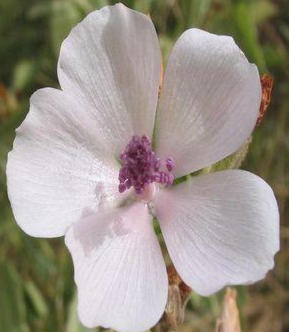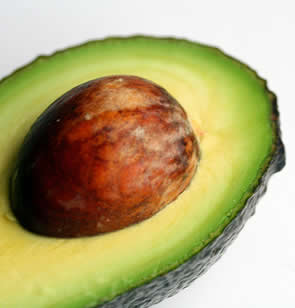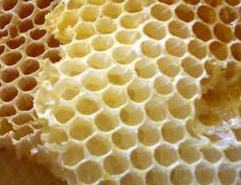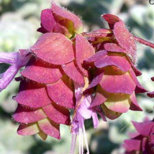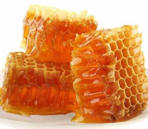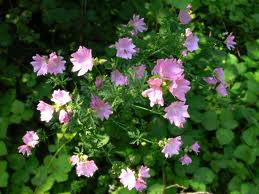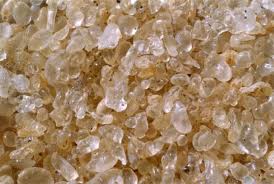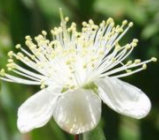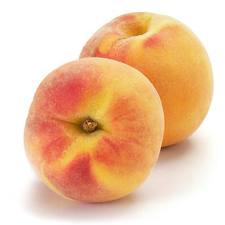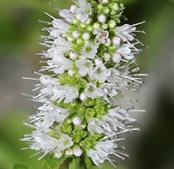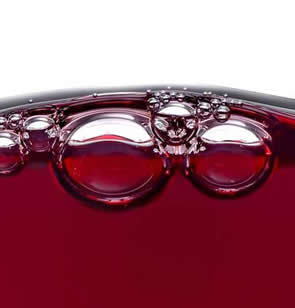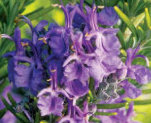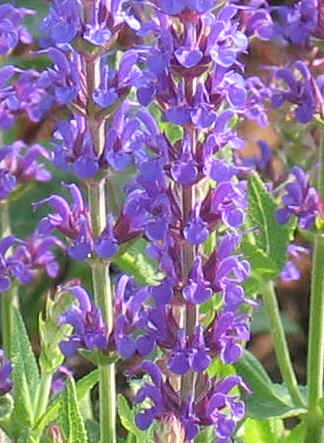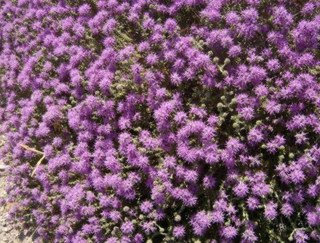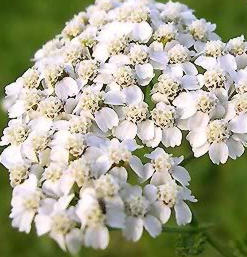
Laurel (Laurus nobilis)
Laurel, also known as Bay leaf, is an aromatic evergreen tree, native to Mediterranean region.
Its history dates back to the legends of the Greek mythology. Ancient god Apollo, was madly in love with a beautiful nymph, Daphne, daughter of the river god and earth goddess. She was transformed by her parents into a bay laurel tree in order to escape Apollo's lustful pursuit. |
 |
Pythia, Apollo's priestess and Oracle of Delphi, is said to have chewed bay leaves as part of the oracular process.
Historically, Laurel leaves were used in infusions to aid in digestive disorders, and were applied to injured areas to ease sprains. In 165 AD, Galinos introduced Laurel as diuretic and liver stimulant.
Health Benefits & Modern Medicinal uses
Laurel oil is obtained by pressing laurel fruits. The obtained oils are mostly used in soap production and in addition to this as moisturizer in cosmetic industry.
In medical literature it is specified that the laurel leaf has antioxidant, analgesic (pain reliever), anti-inflammatory and anticonvulsant (antiepileptic) benefits. Furthermore, laurel helps in digestion and can improve insulin function, useful for normalizing the blood sugar level.
The chemical compound lauroside B isolated from Laurus nobilis is an inhibitor of human melanoma (skin cancer) cell proliferation at high concentrations.
Bay leaves can heal body aches, reduce arthritis pain and headaches. Due to its antibacterial and antifungal properties, laurel can cure skin infections, as well as heal insect bites, cuts and bruises.
Laurel can be used safely in hair and personal hygiene. It has a relaxing effect on the body and, when used regularly it beautifies the skin, fortifies the hair. It is recommended against problems such as hair loss and dandruff.
It has antiseptic characteristics and can be safely used in allergic skin.

